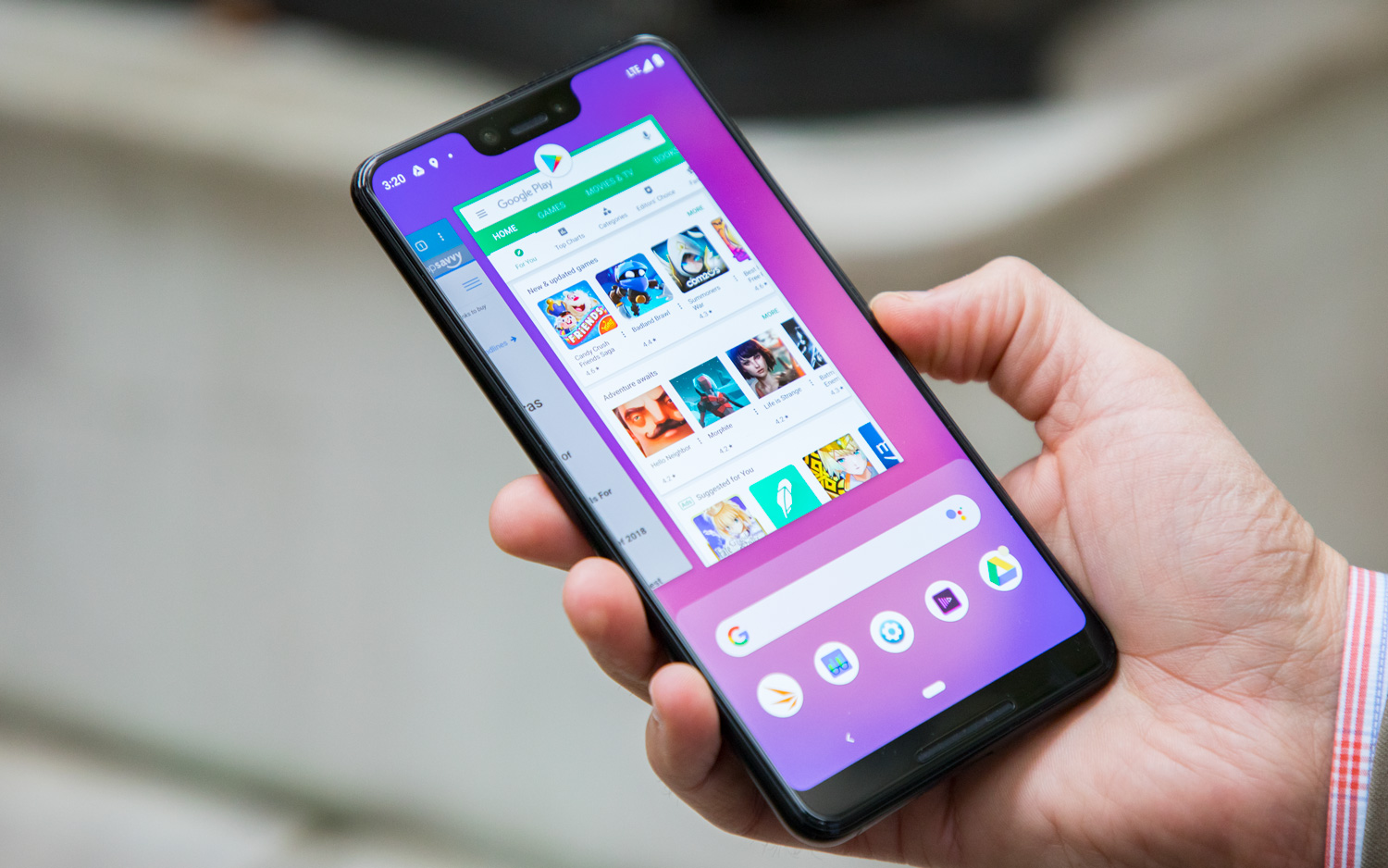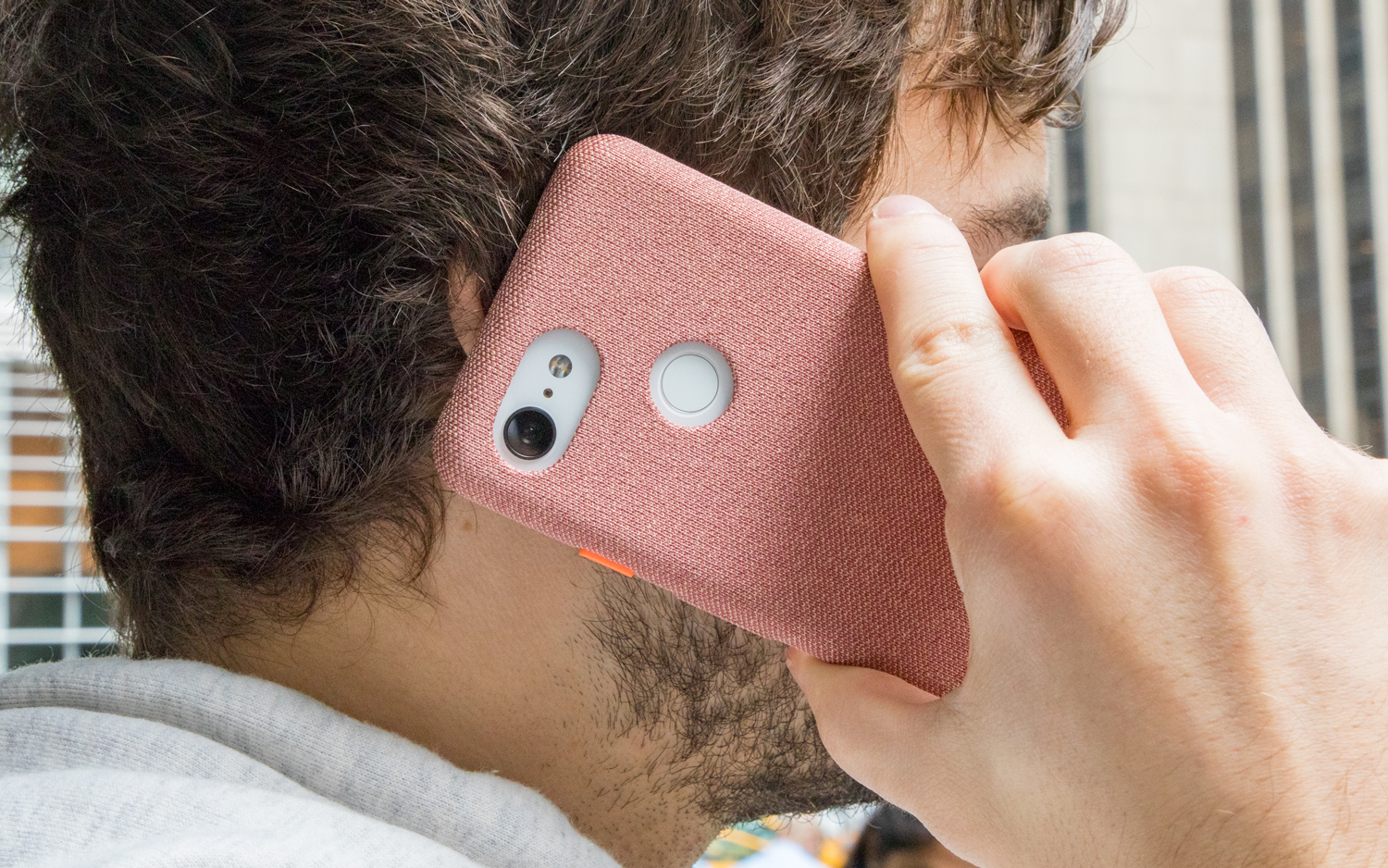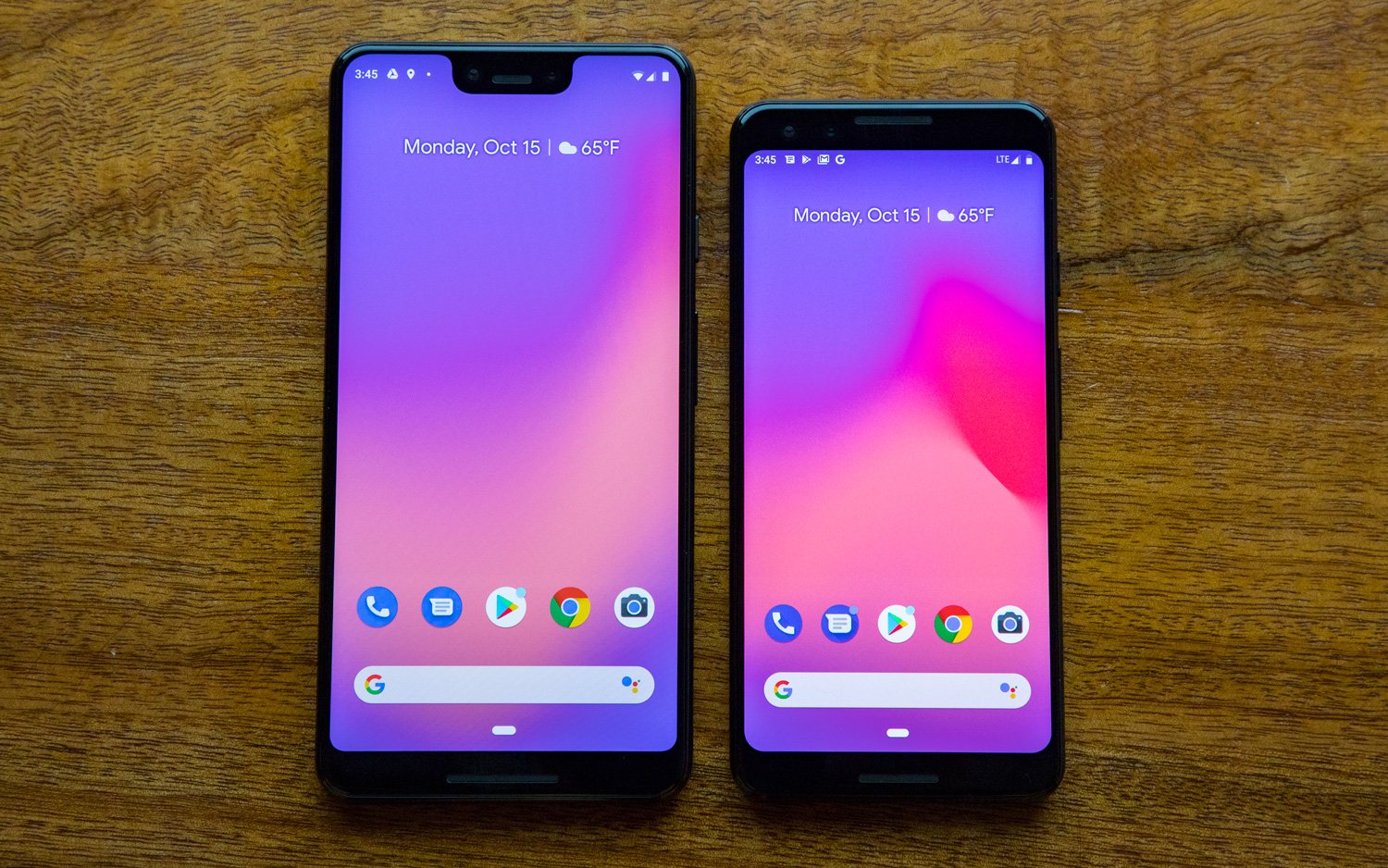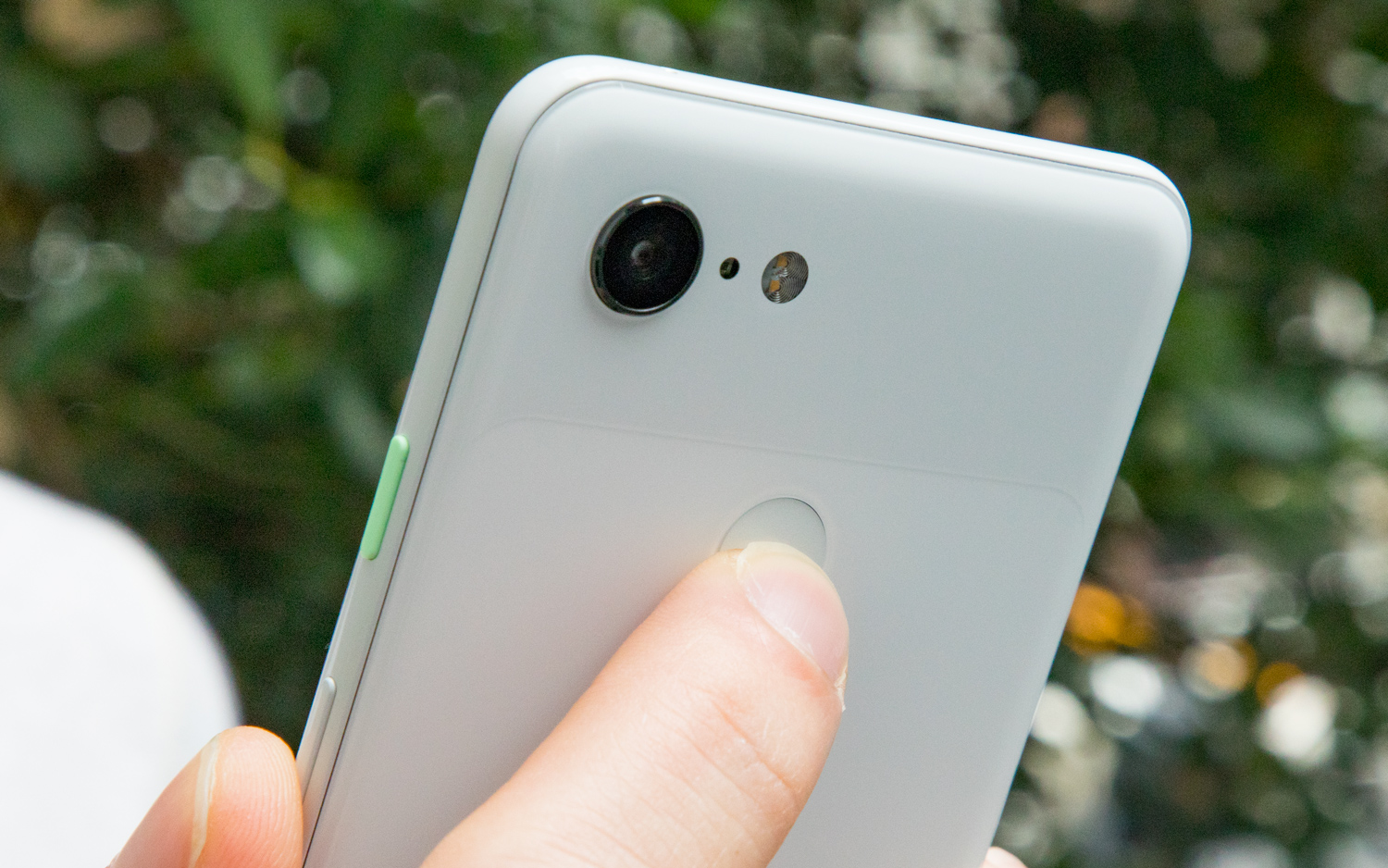3 Ways the Pixel 3a Can Change Midrange Phones Forever
Cheap phones have always been a bit dull. If Google plays its cards right with the Pixel 3a, it could change that.
The Pixel family is about to grow. Rumors and images of Google’s foray into the midrange smartphone market have been trickling out for months, but now a release looks to be just around the corner. According to a very telling teaser, we’re all but certain to learn everything about the Pixel 3a and 3a XL at the Google I/O conference on May 7.

Based on what we’ve seen to date, Google will be looking to offer an experience nearly on par with that of its flagship Pixel 3 handsets, for several hundreds less. The company reportedly will turn to a lower-end Qualcomm chipset — believed to be the Snapdragon 670 — along with less onboard storage, a plastic body, and one front-facing camera, as opposed to the dual lenses in existing models.
It’s not all bad, though: The Pixel 3a might retain the same great camera and OLED display technology found in Google’s flagships, and may even bring back the headphone jack, which has been MIA since 2017’s Pixel 2.
The proposition of a low-cost Pixel appears to be at odds with Google’s current mobile strategy. Then again, there is precedent for this sort of thing in Mountain View. The Nexus line often played home to high-end hardware at bargain prices during its run — particularly with the Nexus 4, Nexus 5 and Nexus 7 tablet, which undercut their category rivals, sometimes by as much as half the price.
In other words, Google knows a thing or two about building compelling tech on a budget. But the tech giant will have to do a lot more than repeat the past if it wants to deliver an alternative to midrange mainstays like the $249 Moto G7 Power and $349 Nokia 7.1. Both of those devices are almost assuredly a good sight cheaper and less powerful than the Pixel 3a will be, but still show how to execute cheap phones properly. Here’s what Google needs to do to win the hearts and wallets of budget-conscious phone buyers.
Be smart about pricing
Just as flagship smartphones are getting pricier and pricier — hitting $1,000 regularly and even stretching well past the $2,000 mark, if you consider the Samsung Galaxy Fold and Huawei Mate X — the definition of what constitutes a midrange phone is changing, too.
Sign up to get the BEST of Tom's Guide direct to your inbox.
Get instant access to breaking news, the hottest reviews, great deals and helpful tips.
The aforementioned options from Nokia and Motorola pair middle-of-the-road specs with average battery life, serviceable displays, and cameras that typically underwhelm. However, they’re very reasonably priced — within the $200 to $400 range — and guarantee just enough muscle to handle everything short of polygon-pushing games.
Spend a little more and you can get something like the $579 OnePlus 6T, which is capable of performance that's on par with last year’s Galaxy S9 or the Pixel 3, but still comes in at hundreds less than those devices typically cost. You do have to concede some comforts in the process of course — the 6T, for example, isn’t water resistant or capable of wireless charging, plus its camera generally doesn’t match what more expensive phones produce — though the value proposition is still unsurpassed.

The Pixel 3a will probably slot in somewhere between these two extremes. Current rumors point to a starting price between $400 and $500 for the smaller, 5.6-inch model, with the larger 6-inch 3a XL likely commanding an extra $50 to $100.
"When companies go mid-range, they run the risk of offering a little bit of the high end and a little bit of the low end, but it ends up being not enough of either," said Ramon Llamas, research director at market intelligence firm IDC.
The challenge for Google will be to carefully tread that thin line in terms of pricing and make the Pixel 3a a viable option for consumers. If these phones don’t offer a sizable performance benefit over cheaper alternatives for the added cost, they’ll be hard to justify against the Nokias and Motorolas of the world. And if they strike too close to OnePlus’ devices in price, they’ll be squeezed by more powerful handsets at the top of the food chain.
However, Llamas sees an opportunity for Google to find favor with that untapped middle ground.
"Things are starting to change though," Llamas said. "Flagship smartphones commanding a four-digit price point are becoming a hard sell, especially since the changes from previous models are sometimes perceived as incremental. It’s easier for consumers to reach for older models at lower prices, or even new ones at lower prices. Think of the iPhone XR."
Contrary to the pessimistic rumblings from suppliers, the iPhone XR has actually proven to be Apple’s top seller among its latest batch of handsets. And although the Pixel 3a won’t necessarily be to the Pixel 3 what the iPhone XR is to the iPhone XS, Apple’s success in chipping away at the barrier of entry to its devices reveals a path for Google to make its vision of Android available to more buyers. Which brings us to...
Be where people are
Today, if you want to walk into your network’s store and walk out with a Pixel 3 in hand, that network is going to have to be Verizon. Big Red has lorded over exclusive carrier rights to the Pixel line since its inception. And as it turns out, offering a great smartphone doesn’t mean much if people don’t know how to buy it.
Of course, that’s not to say you can’t use Google’s handsets with other service providers’ towers — you’ll just have a few more headaches doing so. To use the Pixel 3 on T-Mobile, AT&T, Google Fi or any of the myriad no-contract, prepaid carriers out there, you'll have to make sure you buy an unlocked model and then get a SIM from your carrier of choice.
"A challenge for Google in the U.S. has been its exclusivity agreement at Verizon,” Avi Greengart, lead analyst at Techspotential, told Tom’s Guide. “Google needs to get in front of more consumers."

Fortunately, it seems Google hasn’t only realized this, but is finally prepared to do something about it. The latest batch of rumors surrounding the Pixel 3a suggest that Google’s midrange offerings will once and for all usher the brand into a partnership with T-Mobile. The flagship Pixel 3 duo could also land at the Uncarrier, putting four of Google’s handsets in front of a wealth of potential users previously unaware of the brand.
MORE: Best Cheap Phones: Top Android Picks Under $300
Recent data tell us that low-cost, prepaid carriers and unlocked phone sales are slowly chipping away at the major carriers’ iron grip on the U.S. wireless market. According to analytics firm Market Force, the percentage of users subscribed to prepaid carriers doubled in 2017, from 5% to 10% in 2016. Market Force also found that 56% of users reported having a contract-based plan, down from 62% the previous year.
The landscape is indeed changing, but not quickly enough for Google to succeed without carriers’ help. Right now, the big four networks still rule the roost in the U.S. Handset sales are driven by network operators first, so Google needs to court them if it wants to have any shot at growing the brand and getting the Pixel 3a in customers’ hands.
Keep the crown jewel
The Pixel has been synonymous with photographic excellence since its inception. Six months since its release, the Pixel 3 is still one of our favorite mobile cameras on the market, even besting the iPhone XS and Samsung’s just-released Galaxy S10 Plus. Only Huawei’s P30 Pro rivals the Pixel 3, under the right conditions.
"If Google can deliver on its signature imaging and clean, rapid software updates at lower price points, it could significantly increase sales volumes — even if it is unlikely to actually dethrone the market leaders."
On the other hand, midrange phones have never, ever been associated with good photography. The Nokia 7.1 and OnePlus 6T have serviceable shooters for the price, but you wouldn’t choose the images they produce over a shot from a fully-priced flagship. It would seem a good camera is still the one thing you can’t get in all but the most expensive handsets.
However, it appears that Google is looking to dispel that notion. We’ve been hearing that the Pixel 3a would have a camera on par with its premium counterpart since news of the device first broke. And while budget phone makers historically haven’t shied away from talking up the quality of their cameras — even though they’re never actually any good — Google is in a unique position to capitalize here, precisely because of its computational photography advantage.
"If Google can deliver on its signature imaging and clean, rapid software updates at lower price points, it could significantly increase sales volumes," Greengart said, "even if it is unlikely to actually dethrone the market leaders."

The Pixel 3 can do with its single lens what many of its competitors struggle to achieve with three lenses. Whether it’s the phone’s stellar Portrait mode, its borderline magical Night Sight feature, or even Super-Res Zoom, Google has taught the master class in how clever imaging software can make up for the hardware disadvantages that tiny smartphone sensors and lenses are typically saddled with. And rumor has it that Google will pack those very same smarts into the Pixel 3a.
There’s another reason that the Pixel 3a is poised to be the first truly-great midrange camera phone, and it pertains to the processor. Based on what we know so far, Google has selected Qualcomm’s Snapdragon 670 system-on-chip to power the device. That’s a critical detail; the 670 utilizes Qualcomm’s second-gen Spectra 250 image signal processor, which first debuted in the chipmaker’s Snapdragon 800-series silicon.
MORE: Google Pixel 3a Rumors: Release Date, Price and Specs
In other words, while the Pixel 3a might be middle-of-the-road in terms of performance, it could still have a flagship-quality image-processing chip. And if Google throws its Pixel Visual Core co-processor into the mix, we could be looking at a phenomenal mobile camera for the money.
Outlook
Google can’t just stop at the camera. The Pixel brand is also known for bringing the very best of Android to the forefront, with regular software updates, a clean user experience, and nifty special features, like Call Screen, that leverage the power of artificial intelligence.
Can Google roll all those lovely benefits into a reasonably-priced handset that doesn’t cut too many corners elsewhere? That will be the ultimate question as the company seeks to redefine the midrange market.
People are holding onto their devices for longer than ever before, and increasingly rejecting the push toward $1,000-plus devices. Done right, the 3a might be exactly what fatigued phone buyers need, and nothing that they don’t want.
"If the rumors are true about the 3a, it could end up as a high-end phone masquerading with a midrange price," Llamas said. "Just be careful what that means for the flagship smartphone."
Credit: Tom's Guide
Adam Ismail is a staff writer at Jalopnik and previously worked on Tom's Guide covering smartphones, car tech and gaming. His love for all things mobile began with the original Motorola Droid; since then he’s owned a variety of Android and iOS-powered handsets, refusing to stay loyal to one platform. His work has also appeared on Digital Trends and GTPlanet. When he’s not fiddling with the latest devices, he’s at an indie pop show, recording a podcast or playing Sega Dreamcast.
